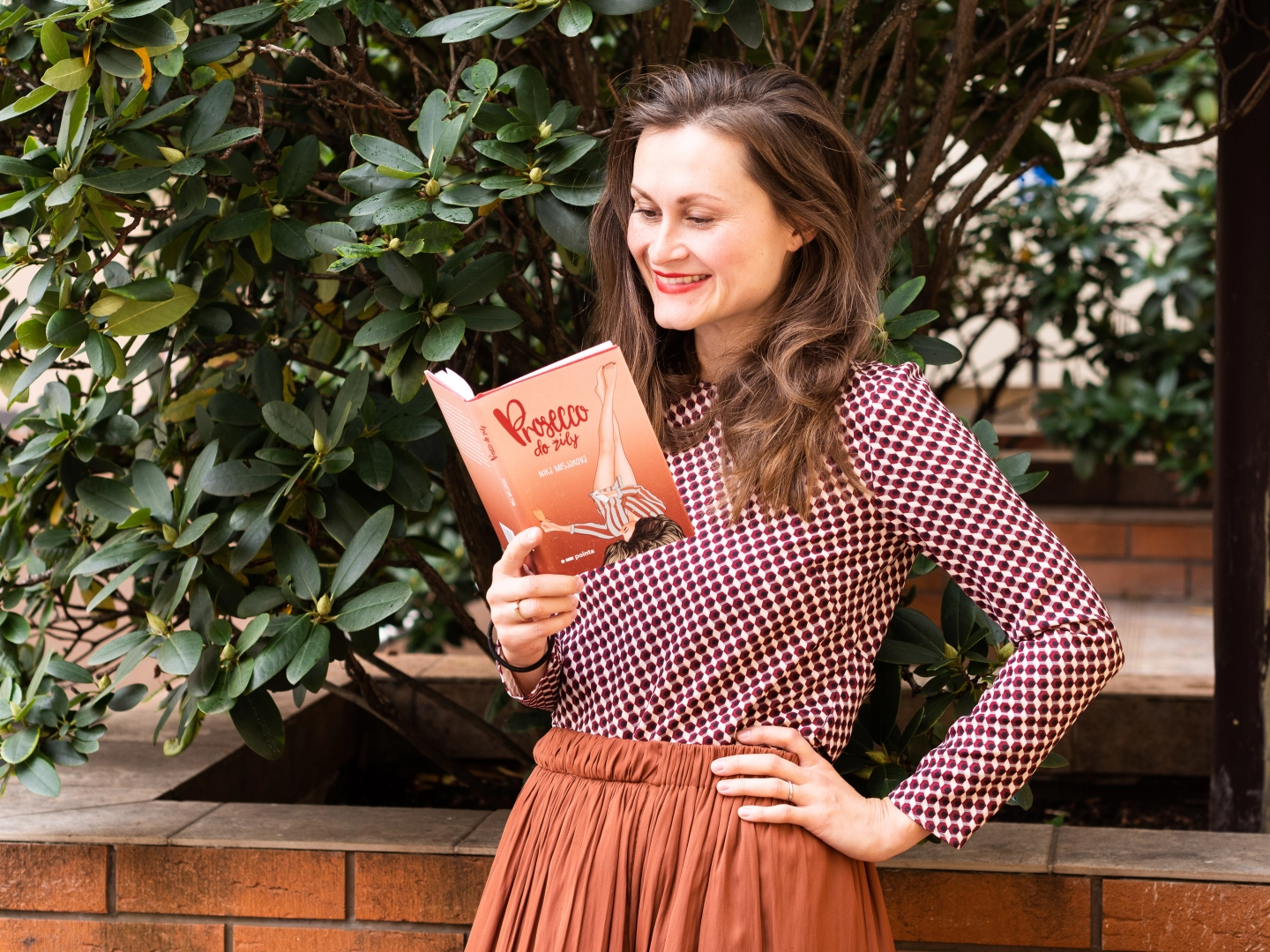Canadian artist Hazel Meyer works across several genres. Through installation, performance or text, she explores the intersections between sport, sexuality, feminism and the world of material culture.
The body, physicality, queerness, the limits of intimacy, illness and gender aspects of sports are some of the topics that Hazel Meyer explores in her multimedia installations and events. She shows how we come together, how we sweat together, how we physically interact, and what interactions and emotions sport brings.
_page-0004.jpg)
Muscle Panic
Project Muscle Panic combines sculpture, group performance and site-specific installation and challenges typical signs of athletic aesthetics through confrontation with creative, emotive and queer levels of sports. The most impressive is undoubtedly the five-metre basketball hoop installed on the dirty, straw-covered barn floor. Meyer, who coaches the girls' basketball team at Queen Victoria Public School, crocheted the net herself. The net is sewn together so that after each shot, the ball remains trapped in the basket. The goal of the game is no longer competition, but encounter, togetherness, and physical contact. Meyer's work emphasizes women's rights and especially the right of queer women to play sports.
_page-0005%20(1).jpg)

Basketballs hand-painted with traditional symbols for the male and female sex, drawings of ponytails, discarded wrinkled jerseys and socks, the smell of shared locker rooms and sweat, team spirit... these are the ingredients of the cocktail that the artist offers the audience. Muscle Panic combines environment and action, it aims to leave a clear “trace of the warm bodies that were there". The project is site-specific, adapting seamlessly to a particular location, whether it is an empty barn where, in 2014, basketball players worked out using abandoned straw bales or the setting of a local gallery a year later.
_page-0006%20(1).jpg)
Performance is always an integral part of Muscle Panic - during the exhibition opening at the MacLaren's Molson Community Gallery, a five-person basketball team burst through the gallery doors. Sweaty and flushed from a five-kilometre run, the players weaved their way through the audience and began stretching, dribbling, and shedding their sweaty jerseys in a small courtyard set up for the installation. Hazel Meyer accompanied the entire performance by reading aloud excerpts from historical scholarly texts on gender equality in sports. She then closed off the event by kissing her friend and collaborator Cait McKinney. This act alluded to the notorious "basketball" event when players Diana Taurasi and Seimone Augustus publicly kissed.

In the Walls to the Ball installation, the artist transformed the sterile white cube gallery into an improvised gym with walls covered with paintings, textiles and surreal, colourful, hand-crocheted basketball nets. The installation included basketballs that invited the visitors to move, experiment and take part in direct physical activity that is usually frowned upon in gallery spaces.

“As a woman, as a queer woman, as a person with Crohn’s disease—with a sick body—as somebody who grew up poor, these are all things that are implanted in you to not take up space. A big part of it [my practice] is to fight back against societal forces that tell you if you are A, B, C, D then you should be quiet and move to the side. It’s a politic that, to this day, I feel strongly about. And it’s quite true: if given space, I will take it up.” Indeed, Meyer takes up space fully – as an artist, an athlete and last but not least a team player.

The Canadian artist lives and works in Toronto. Her work playfully oscillates between genres - from text, painting or audio to site-specific installations that serve as environments for performance, workshops and amateur athletics. Sport and the relationship to the body is a key theme in Hazel Meyer's work, along with gender and queerness. She usually works in pairs with her non-binary partner Cait MCKinney, a communication theorist at Simon Fraser University.





